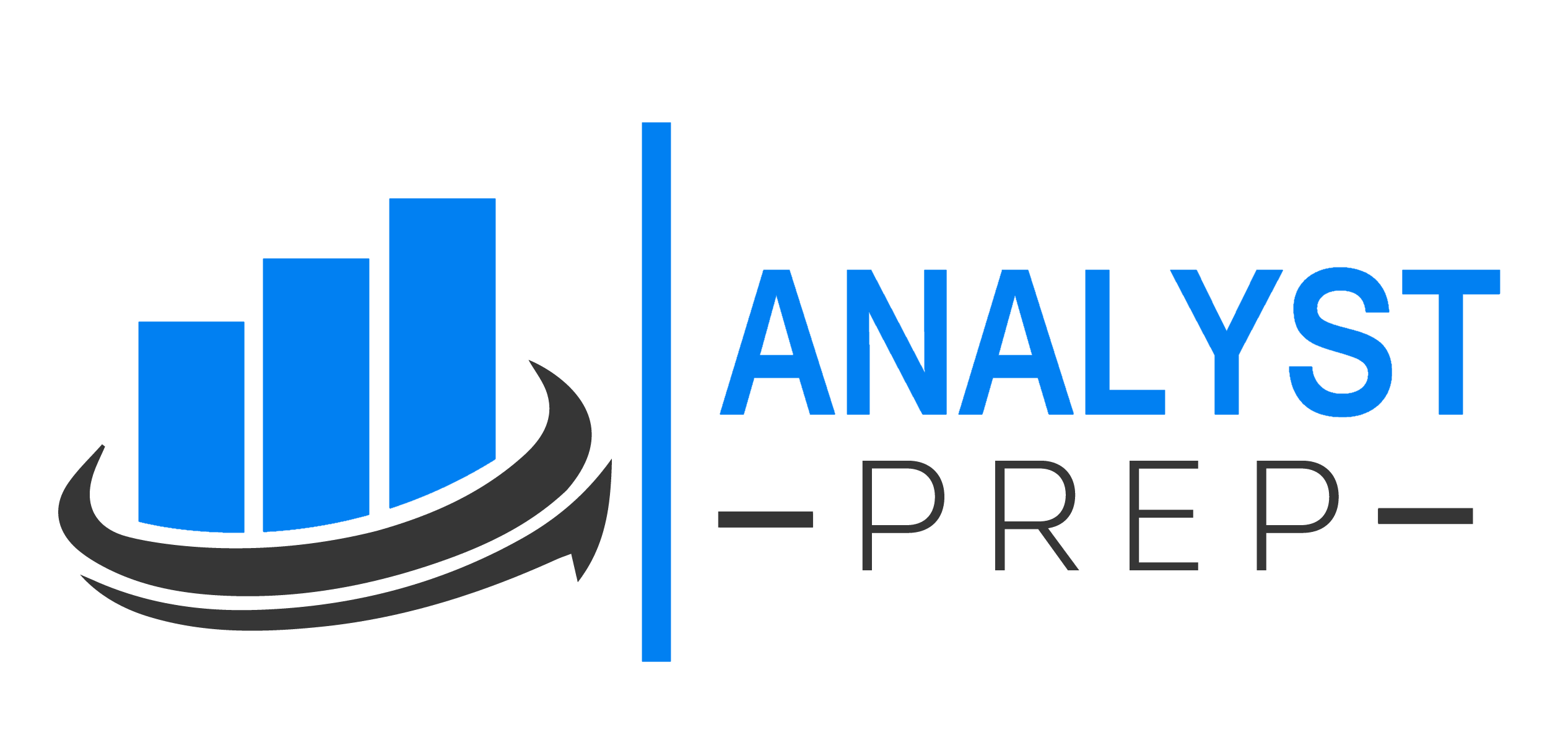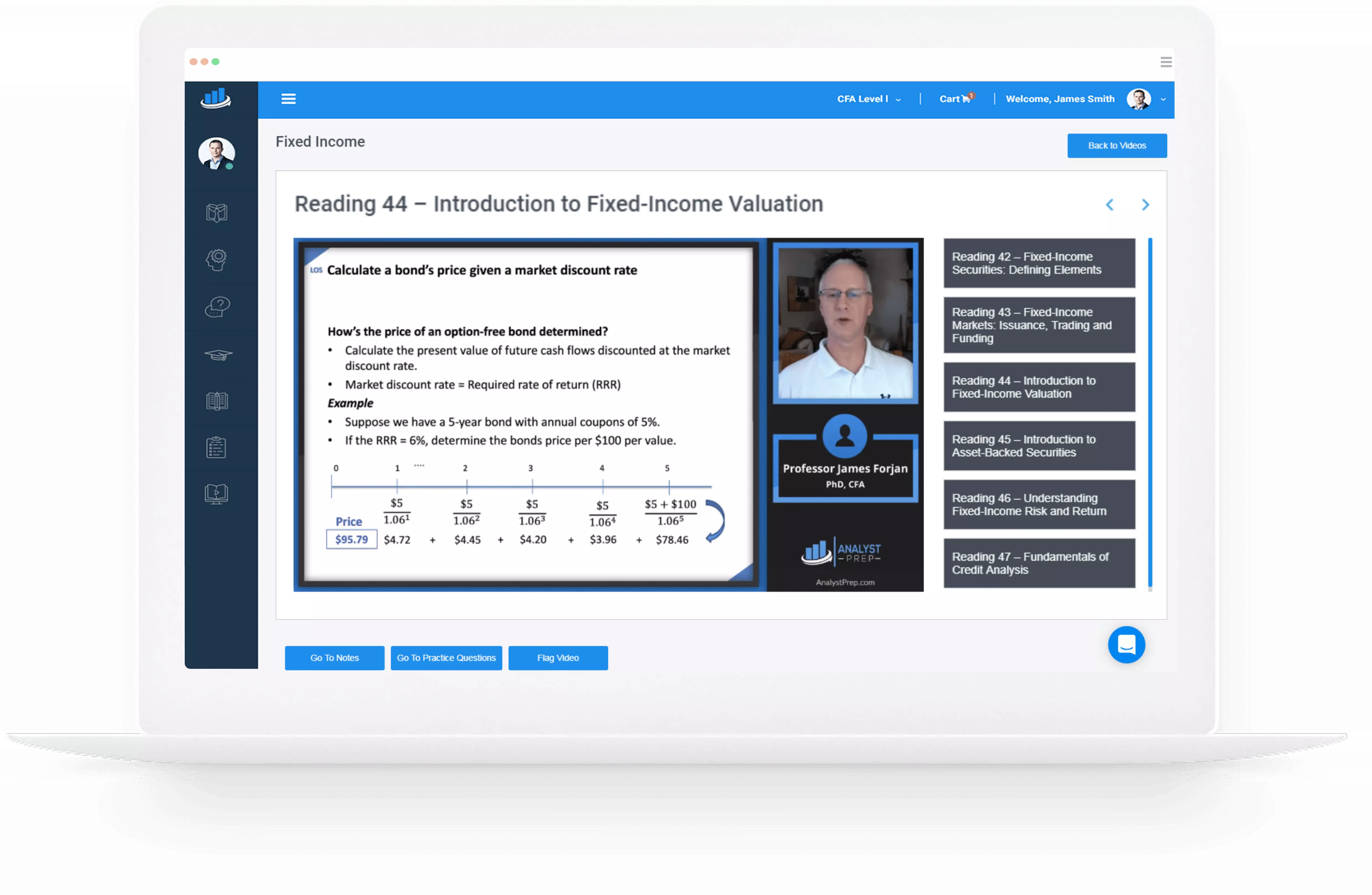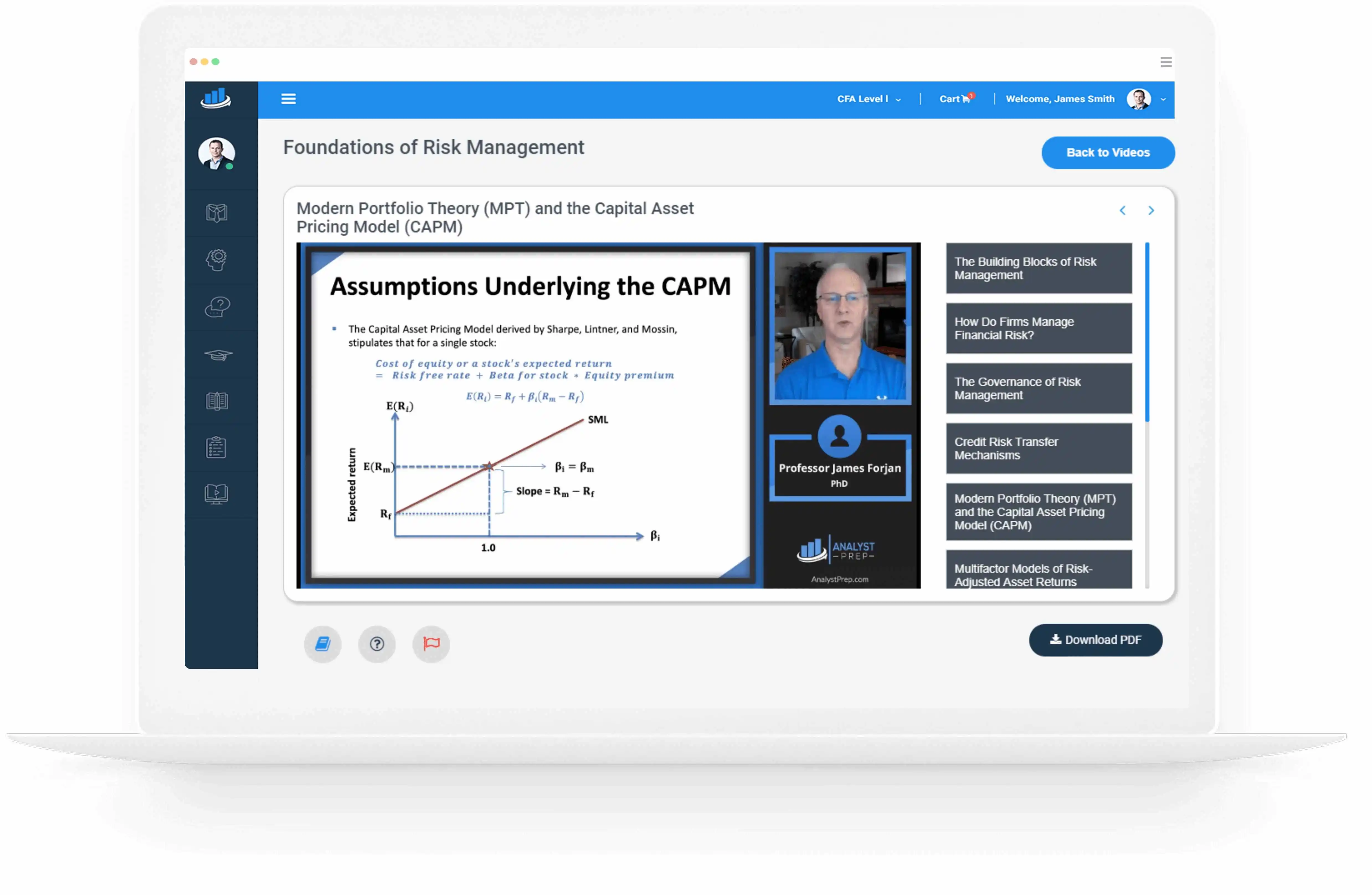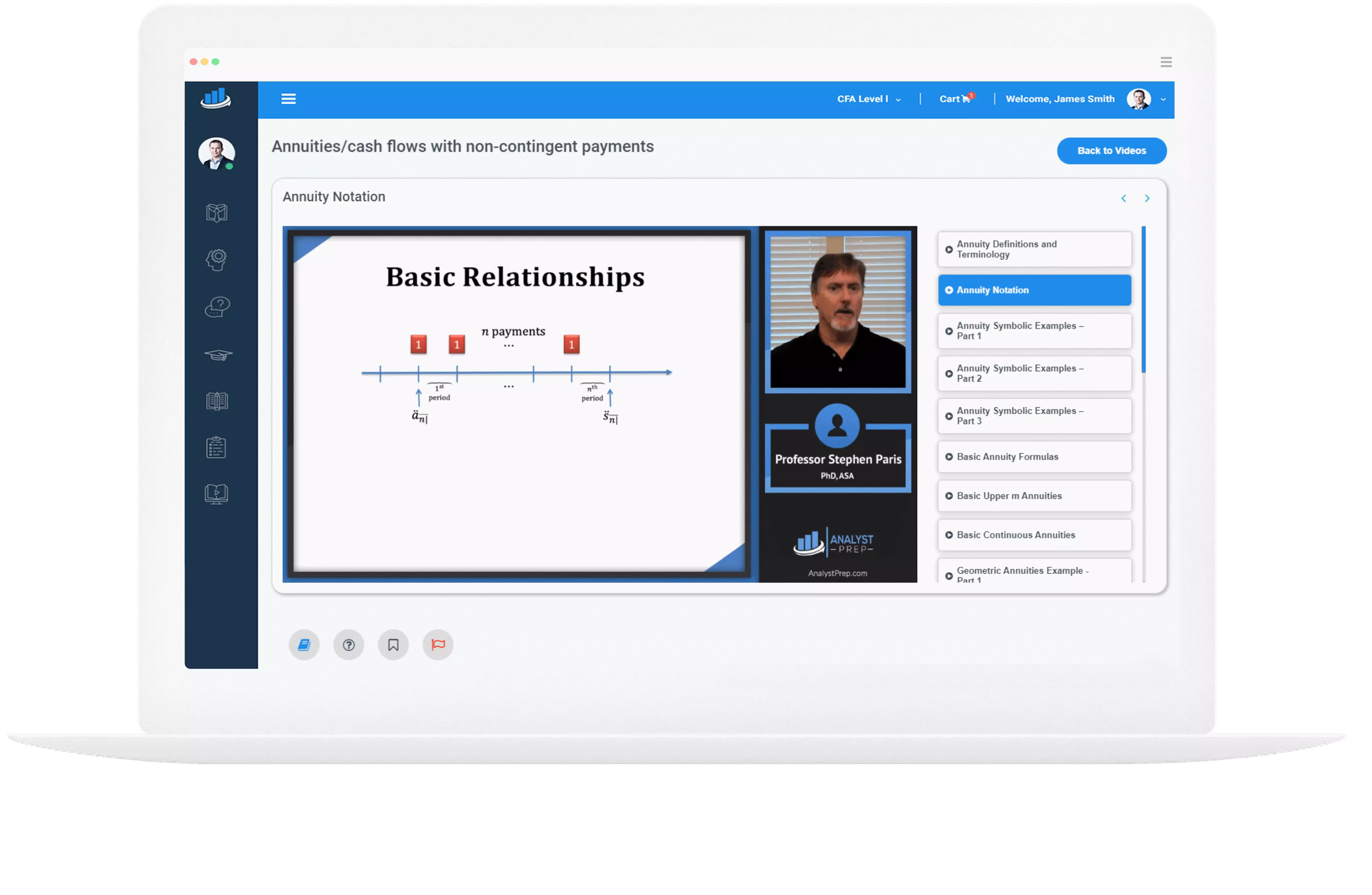Equity Style Rotation.
When it comes to asset returns, a factor is a variable or characteristic that correlates with the returns of individual assets. Consider the role of inflation in the bond market. Bond prices generally fall if inflation rises, illustrating a factor’s…
Top-Down Investment
Top-Down Investment Strategies Top-down investment strategies are a type of investment process that begins from a macro or top level. This approach is distinct from bottom-up strategies, which concentrate on individual company and asset-level variables. Instead, top-down strategies take into…
Bottom-up Active Strategies
Investment decisions are a crucial part of the financial world, and equity investors employ a myriad of techniques at process the necessary information for making these decisions. These techniques are often personalized, with each analyst favoring certain methods based on…
Active Equity Investing
Active equity investing is a strategy that involves making investment decisions based on a variety of ideas about profitable investment opportunities. These strategies can be divided into two broad categories: fundamental and quantitative. In the world of finance, these strategies…
Financial Market Investing.
Investing in the financial market is a complex process that requires a deep understanding of various factors that influence the performance of a portfolio. One such factor is the concept of index-based portfolios. Initially, these portfolios were designed to mirror…
Tracking Error.
Tracking Error and Excess Return in Portfolio Management In the field of portfolio management, two key metrics stand out – Tracking Error and Excess Return. These metrics are used by investors to differentiate performance among portfolio managers. Tracking Error Tracking…
Equity Portfolios.
Equity portfolio management is a crucial aspect of investment management. It involves the strategic allocation of funds into different equity securities to achieve specific investment objectives. There are three principal approaches that equity portfolio managers use when building an indexed…
Equity Investing.
Investors can access index performance through derivatives such as options, swaps, or futures contracts. These strategies are advantageous due to their low cost, ease of implementation, and provision of leverage. However, they also present risks, including counterparty default risk for…
Equity Strategies.
Equity investment strategies, particularly those based on indexes, are a crucial part of the financial landscape. These strategies can be implemented using a variety of approaches, from the individual investor buying stocks on their own to hiring a professional subadviser…
Factor-Based Strategies
Factor-Based Strategies Explained Factor-based strategies blend the cost-efficiency of index funds with the potential for higher returns by focusing on specific risk factors. These strategies leverage insights from financial models, such as the Capital Asset Pricing Model (CAPM), and target…




